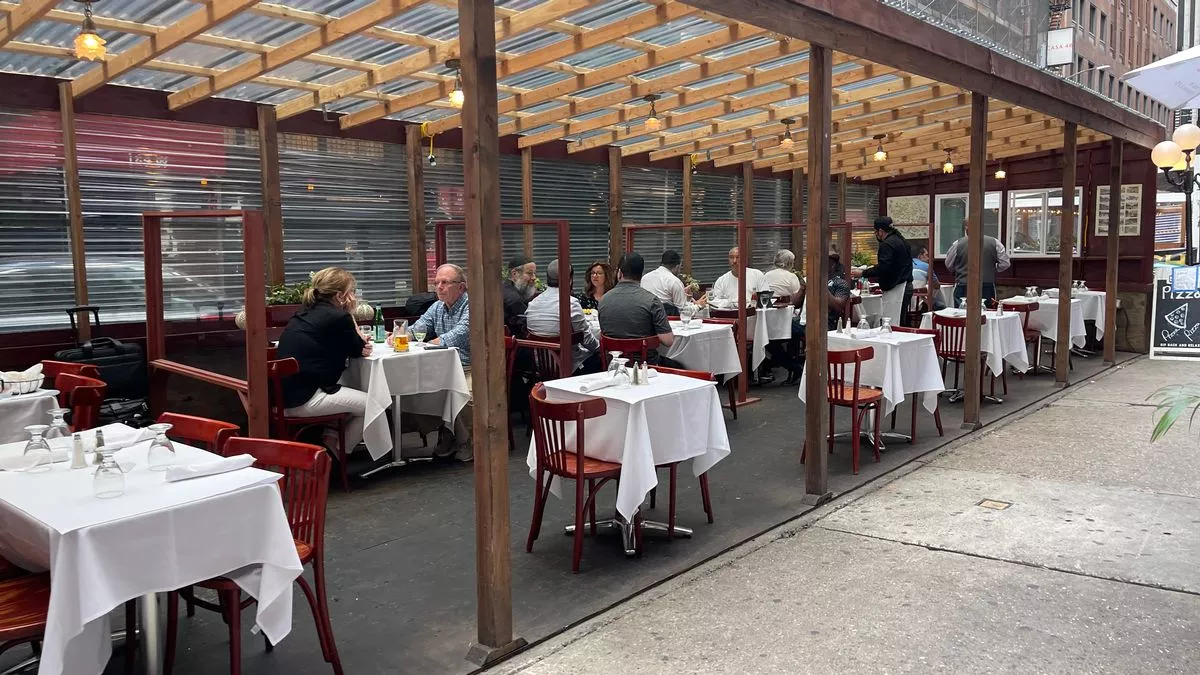The pandemic changed many aspects of daily life for Americans, and while some changes were challenging, others made things a bit easier.
One positive shift was the introduction of outdoor seating at New York City restaurants.
To support these businesses in 2020, restaurants were allowed to set up seating areas on streets and sidewalks.
These outdoor spots have stuck around, giving smaller NYC restaurants extra space. But this may soon change.
During the pandemic, restaurants didn’t need permits for outdoor seating. Now, though, businesses must apply for permits to keep their outdoor setups. The deadline for applications was Aug. 3.
Only 3,226 restaurants applied for permits, which is less than half of the 12,000 restaurants estimated to have outdoor seating, according to Nation’s Restaurant News.
The program, called Dining Out NYC, requires approved restaurants to ensure their outdoor setups meet new guidelines within 30 days.
According to the source, restaurants that didn’t apply or get approved will have to remove their outdoor seating.
They could face fines of $500 for the first offense and $1,000 for each additional offense.
The permits are valid for four years, and there’s a fee to operate these structures, which varies based on the location and size of the cafe. The rates are lower than those of the pre-pandemic Sidewalk Cafe program.
There are two types of outdoor seating under the new rules. Roadway Cafes, which are on the street, will be allowed only from April to November.
Sidewalk Cafes, which resemble traditional sidewalk seating, are permitted year-round.
Bloomberg reports that over 1,300 applications are for Roadway Cafes, while around 2,000 are for Sidewalk Cafes.
Read more news:
- Biden Campaign Mobilizes Across Georgia Ahead of Debate Clash
- Kristi Noem Denies Formal Vetting for Trump’s VP, Focuses on Winning Strategy
The updated rules also state that fully enclosed structures will no longer be allowed. Roadway Cafes must be able to be dismantled.
There’s been some debate among New Yorkers about these outdoor seating areas. Some people think they help maintain a vibrant dining scene, while others argue they attract pests and take up parking spaces.
